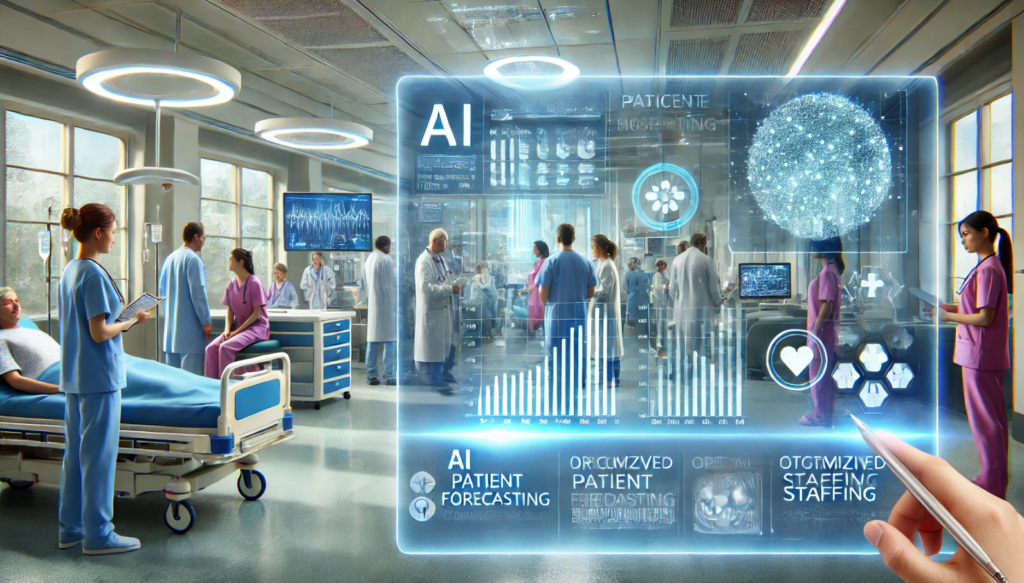In modern healthcare, resource management is a critical factor in ensuring quality patient care and operational efficiency. Hospitals face a delicate balance: understaffing can lead to treatment delays, patient dissatisfaction, and clinician burnout, while overstaffing results in unnecessary costs and resource wastage. As patient volumes fluctuate due to seasonal patterns, disease outbreaks, demographic shifts, and numerous other variables, maintaining optimal staffing levels can be a constant challenge. Fortunately, advancements in artificial intelligence (AI)—particularly in patient volume forecasting—are paving the way for more precise and proactive staffing solutions.
The Traditional Staffing Conundrum
Historically, hospital staffing decisions were guided by a mix of intuition, historical averages, and static scheduling models. Administrators would look at the previous year’s patient admissions, attempt to account for known seasonal peaks (e.g., flu season), and then create staffing rosters based on these estimations. While these methods could provide a rough guideline, they often failed to accurately predict short-term demand spikes, leading to critical coverage gaps or days with far more staff than needed.
In recent years, even as hospitals adopted electronic health records (EHRs) and improved data collection capabilities, the modeling remained relatively manual and simplistic. Predictive models were often limited, failing to incorporate all the variables influencing patient demand. The result? Continued inefficiencies, increasing strain on staff, and inconsistent patient experiences.
Where AI Steps In
AI-driven forecasting tools leverage the power of machine learning algorithms and advanced statistical models to analyze vast amounts of data, recognize patterns, and generate highly accurate predictions about future patient volumes. Rather than relying on static historical averages, these AI models integrate and interpret diverse datasets, such as:
- Historical admissions and discharge rates: By examining multiple years of patient data, AI can discern subtle patterns that might not be evident to the human eye.
- Seasonal trends and epidemiological data: Flu season trends, allergy surges, and other cyclical health events can be factored into predictive models.
- Local demographics and population health indicators: Changes in population age, socioeconomic factors, and local health conditions (e.g., prevalence of chronic illnesses) can inform long-term staffing needs.
- Weather patterns and environmental factors: Sudden spikes in respiratory conditions often correlate with poor air quality days, while accidents can sometimes rise during inclement weather.
- Real-time inpatient flow and emergency department data: Dynamic updates, such as the number of patients currently waiting in the ED or scheduled surgeries, can refine short-term staffing forecasts.
AI models continuously learn and improve over time. As they incorporate newly available information—such as recent patient volumes or updated public health bulletins—they adjust their predictions, ensuring hospital decision-makers always have the most current insights at their fingertips.
From Prediction to Actionable Staffing Plans
Accurate patient volume forecasting is only half the equation. To truly optimize staffing, healthcare organizations must transform these forecasts into actionable staffing plans. This involves integrating AI forecasting tools with workforce management systems and scheduling software. Through automated workflows, predicted patient volumes can prompt the system to:
- Generate Shift Rosters: If the system anticipates a 10% increase in patient volume next Wednesday, it can recommend adding extra nurses, respiratory therapists, or other specialized staff in advance.
- Proactive Hiring and Training: Long-term forecasts can identify trends that warrant increased hiring in certain departments. For instance, if predictions show a growing geriatric patient population, hospitals can invest in more staff trained in geriatric care or add geriatric-specialty units.
- Demand-Based Floating Staff: AI-driven insights can help determine where “floater” staff—those who can work across multiple departments—should be allocated on a given day, ensuring immediate response to surges in patient volume.
- Cost Containment and Flexibility: Hospitals can reduce costly last-minute staffing decisions (like hiring expensive agency nurses) by planning well in advance. With accurate forecasts, rosters can be built with the right mix of permanent and per-diem staff, minimizing overtime and maximizing cost-effectiveness.
Real-World Impact on Healthcare Delivery
Hospitals that have integrated AI-driven patient forecasting into their staffing workflows report several tangible benefits:
- Improved Patient Care: With more stable and predictable staff-to-patient ratios, clinicians have the bandwidth to provide better-quality care. Patients benefit from shorter wait times, more attentive care, and improved satisfaction.
- Reduced Clinician Burnout: By anticipating periods of peak demand, administrators can ensure that adequate coverage prevents staff from feeling overwhelmed. Equitable shift distribution, balanced workloads, and timely breaks support staff well-being and long-term retention.
- Operational Efficiency: The strategic alignment of staffing with patient volumes ensures that financial resources are used optimally. It also allows administrators to confidently justify staffing decisions to stakeholders, supporting better budgetary and strategic planning.
- Data-Driven Culture: Embracing AI forecasting fosters a culture where decisions are backed by robust data analysis. This can extend beyond staffing to influence everything from inventory management to patient flow strategies, enhancing the hospital’s overall operational intelligence.
Overcoming Challenges and Ensuring Ethical Use
While the potential of AI-driven forecasting is enormous, it’s important to acknowledge and address potential challenges:
- Data Quality and Integration: Effective forecasting relies on high-quality, comprehensive data. Hospitals may need to invest in better data integration infrastructure, ensuring that electronic health records, supply chain data, and external public health databases talk to each other seamlessly.
- Interpreting Predictions with Clinical Insight: AI is a powerful tool but not a standalone solution. Hospitals must blend AI predictions with the insights and expertise of clinical leaders, nurse managers, and frontline staff who understand patient care complexities.
- Privacy and Security: AI algorithms must comply with strict healthcare data privacy laws. Proper encryption, secure data storage, and compliant data-sharing protocols are essential.
- Ethical Considerations: As with any AI application in healthcare, transparency and explainability are crucial. Stakeholders must be able to understand, at least in broad terms, how and why the model made a particular prediction to ensure trust and acceptance.
Looking Ahead: The Future of AI-Enhanced Staffing
As the healthcare industry continues to embrace digital transformation, AI-driven patient forecasting will likely become more sophisticated. Future innovations could include:
- Real-Time Microforecasting: Instead of weekly or daily forecasts, systems might predict patient volumes hour-by-hour, allowing hyper-responsive staffing decisions.
- Predictive Integrations with Wearable and Home Health Data: With more patients using wearable health trackers and telehealth services, AI can incorporate these data streams to predict hospital admissions and ED visits before patients even arrive at the door.
- AI-Enhanced Team Composition: Not just how many staff members are needed, but also what skill mix is optimal—combining predictive analytics with workforce competency profiles to ensure the right teams are on duty at all times.
Conclusion
AI-driven patient forecasting is revolutionizing how hospitals approach staffing, helping healthcare leaders create intelligent, dynamic, and cost-effective staffing plans. By leveraging machine learning models that sift through vast quantities of data to make highly accurate predictions, hospitals can stay one step ahead of patient demand. The outcome is a healthcare environment where patients experience better care, clinicians enjoy more manageable workloads, and administrators make confident, data-driven decisions that pave the way for a more sustainable healthcare future.





